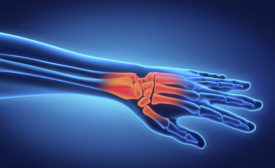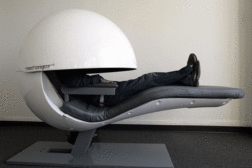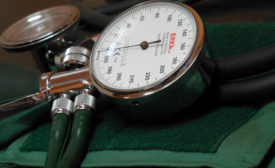Workplace Health
The Jet-Kleen™: An efficient solution for dust removal
Safe and effective residue removal without the dangers and costs of compressed air
August 16, 2019
Maintaining a healthy blood pressure may help prevent dementia
75 million people in the U.S. have high blood pressure
August 14, 2019
Never miss the latest news and trends driving the safety industry
eNewsletter | Website | eMagazine
JOIN TODAYCopyright ©2024. All Rights Reserved BNP Media.
Design, CMS, Hosting & Web Development :: ePublishing









